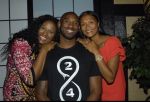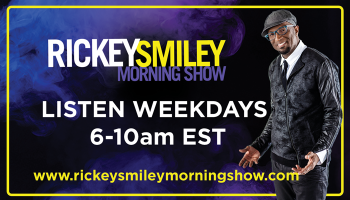Why is it that auto loans may be harder to come by?
In recent weeks, a number of prominent lenders, from JP Morgan Chase, to Ally Bank, to Wells Fargo, have announced their auto loan originations have dropped sharply. At Wells Fargo, new loan origination for auto purchases dropped 29% in the first quarter of 2017 – the biggest drop in the past 5 years. If this continues, it could have ripple effects for consumers and the automakers.
What is driving auto lending to these lower levels?
The main reason lenders are cutting back on car loans is a fear of getting burned. In recent months, we have seen an increase in auto loan default and an uptick in borrowers getting behind on their payments.
This is the result of the multi-year subprime lending spree that many lenders went on. Now, the downside of that lending is coming home to roost. According to Fitch rating, annualized net losses on securitized subprime auto loans increased to more than 10% late last year. That is the highest level we have seen since February 2009.
But caution is not the only factor causing banks to reign in their auto lending. Some of the slowdown could be due to slowing demand. After years of record-setting auto sales, fewer Americans are heading to the car lot, so part of the decline could be due to reduced demand for loans.
What does this mean for consumers?
For those of you in the market for a new car, you could have a tougher time getting a loan, especially if your credit is not great. In the past few years as banks were competing for car buyers, especially the high interest rate subprime borrowers, they loosened underwriting standards, courting borrowers with lower credit scores and extending repayment periods on loans to eight years in some cases, in order to keep the payments low.
That seems to be coming to an end, as banks reduce their auto loan portfolios. The loan standards are likely to rise again, meaning it will be harder for borrowers with subprime credit ratings, who are likely to face fewer options and even higher interest rates.
It is worth noting that consumers looking for a used car might be in luck, as the prices for used cards are slipping. Unfortunately, this is a result of the increasing default rate, as cars are being repossessed.
But fewer subprime loans is a good thing, right?
I do think it is a positive trend overall. Had the subprime auto loan bubble continued to grow, and lending standards continued to erode, it could have put more consumers at risk of signing up for a financial obligation that could prove to be disastrous. However, it could put a car out of reach for many, and a decline in lending could pinch the auto industry.
How will this impact the car companies?
It could mean leaner times ahead for car makers. The auto companies have been using easy credit to keep the demand high for years, and it has been working. Over the past seven years, the industry has seen steady growth, and from 2014 to 2016, three consecutive years of record car sales.
But with lenders turning off the spigot, the records are looking like a thing of the past. In April, U.S. auto sales slumped by 4.7 percent, a much greater decline than industry analysts had expected. It also marked the fourth consecutive month that demand has fallen for new cars and trucks. And if demand declines, that could mean that we will see more layoffs at auto factories.
Like BlackAmericaWeb.com on Facebook. Follow us on Twitter.
Money Mondays: Auto Loans On The Decline was originally published on blackamericaweb.com














